This is the second and final part of a two-part series highlighting different options being presented for the George Massey Tunnel after plans to construct a 10-lane replacement bridge were ditched in December. You can read part one here.
The Massey bridge was promoted by the Liberal government in 2013, although Metro Vancouver and Richmond were strongly opposed to it with the region’s mayors council wanting the funds to go to the aging Pattullo replacement and Broadway corridor rapid transit project.
Long-time Richmond councillor Harold Steves, who has followed the Massey debate, said the bridge was never an option historically. Going back as far as former premier Gordon Campbell, there was only discussions of twinning or expanding the current tunnel system, including placing rapid transit through it, he said.
Steves said the bridge option fulfilled a Liberal vision of accommodating larger bulk carriers on the Fraser River, including coal and LNG, to accommodate port terminals in the region. The Vancouver Fraser Port Authority looked at deepening the Fraser but then abandoned the plan.
The port, following the bridge cancellation, stated on its website that it consulted with the government because it had navigational jurisdiction over the Fraser.
“Ships are getting larger to be more economically and environmentally efficient. However, regardless of the design that is selected for a potential George Massey Tunnel replacement project, the port authority has no plans to further deepen the Fraser River to accommodate larger vessels,” said the port authority.
Steves said Richmond opposed the bridge for many reasons, as it would detract from the area’s agricultural land but also encourage industrial and commercial development in areas Richmond wanted to preserve.
“Look at what has happened at the end of the Oak Street Bridge,” he said.
But, Steves said, a major concern is the lack of solid geotechnical information that a bridge would be sustainable in an area known for its unstable ground.
The cancelled Massey bridge was a long-span structure with no columns in the Fraser. He said reports have shown drilling down even 800 feet resulted in “still mud” and the unstable soil area was the reason behind the Massey tunnel construction, only the second of its kind in the world.
Steves said there is no engineering report he has seen that verifies that a bridge structure would be seismically stable. The onus would be on the company constructing the bridge to facilitate that contract requirement, he added.
But, the safety of the existing tunnel in an earthquake has also constantly been drawn into question. Steves said $22 million was spent in 2004 providing some seismic improvements.
Professional engineer Stan Cowdell’s report on the tunnel explained that was phase one but phase two, which involved stabilizing beneath the tunnel, was not done. Cowdell’s report said the Liberals’ replacement project team originally abandoned this option as not feasible.
But, Cowdell’s review team differs and found it was but at a cost of $250 to $300 million. He cautioned that the cost, plus other upgrades, could surpass building a new tunnel but the report still favours investigating the upgrading and costs of the existing tunnel.
The report also said other than seismic and some mechanical upgrades, the tunnel’s condition is good with a remaining 50-year life. The review also claimed that tube tunnel construction could be used for up to eight lanes.
Steves credits Doug Massey, the son of Delta MLA George Massey, the tunnel’s namesake, who spearheaded the tunnel construction, for making public, using a Freedom of Information request, documents that show TEC Tunnel Consultants, a world leader in ITT technology, presented a 2013 60-page report on the viability of twinning the Massey tunnel to the Liberal government. The report estimated that 80 to 90 per cent of the work could be done by local contractors.
Stagnating infrastructure replacement
The voluminous reports and reviews, with differing opinions, protracted debates and delays all point to the stagnating infrastructure replacement that B.C. is becoming known for, according to B.C.’s construction industry.
“The Massey Tunnel is 60 years old and the most significant traffic bottleneck in the whole country. There is a point where safety issues are a concern and it clearly needs to be replaced,” said Chris Gardner of the Independent Contractors and Businesses Association of B.C.
He said there have been 145 technical reports alone on the replacement of the tunnel.
Gardner sees the aborted bridge as another example of B.C. dragging its feet in replacing much needed infrastructure.
“There are delays and delays and more delays,” he said. “It is difficult to get major infrastructure approved whether it is a new bridge or a highrise.”
Liberal transportation critic Jordan Sturdy said the bridge cancellation boils down to missed opportunities as the proposals in the bridge construction were coming in at $2.6 billion, which is a $900-million savings over the projected cost. He said there was opportunity to keep the bids and amend them to a smaller structure, but that was not done by the NDP.
Now, as further delays occur, that $2.6 billion figure is sure to evaporate resulting in higher cost to taxpayers.
“I would forecast that we will never see anything close to that figure again,” Sturdy said.


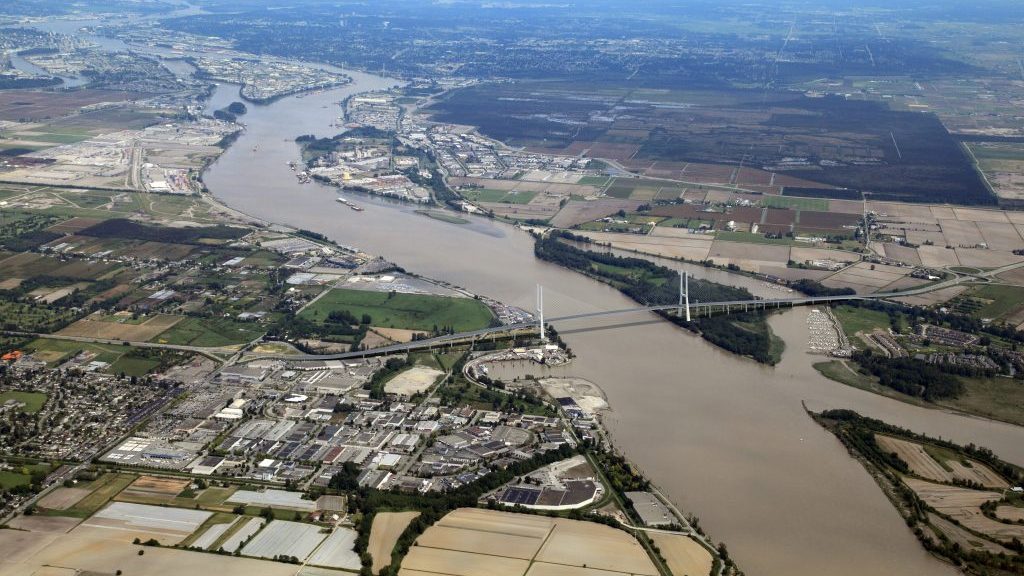
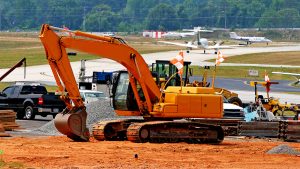
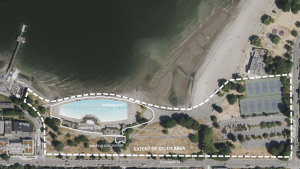
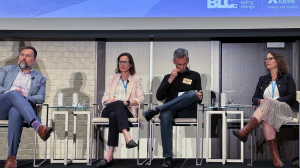
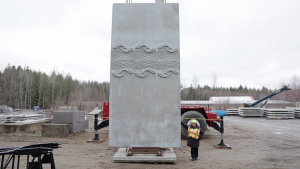




Recent Comments